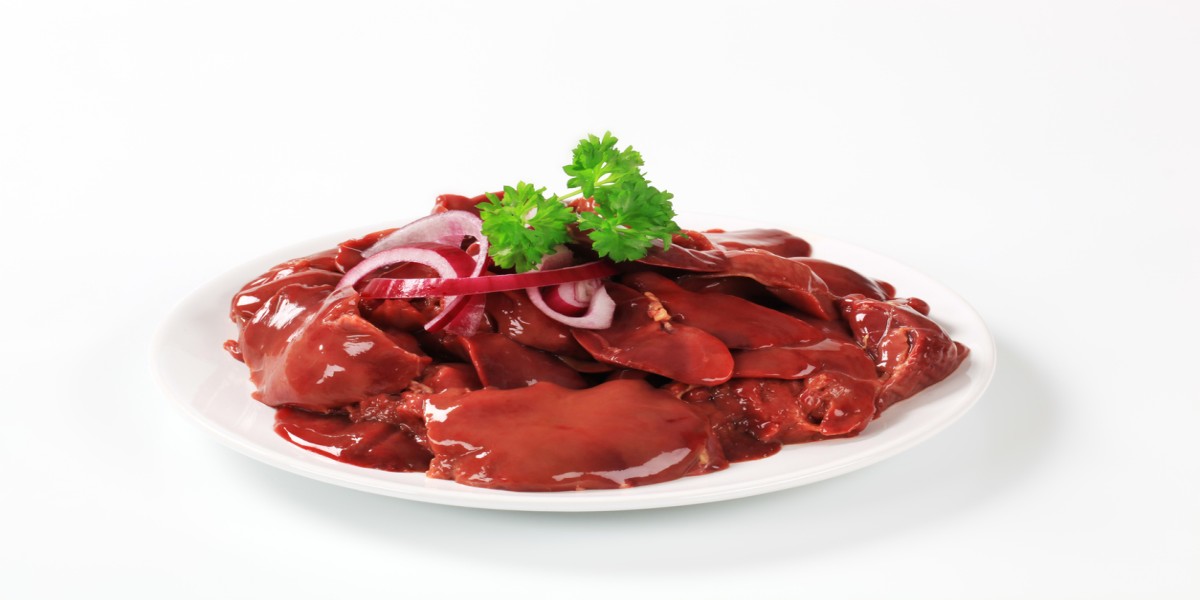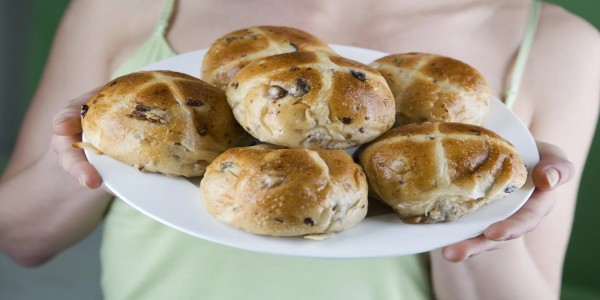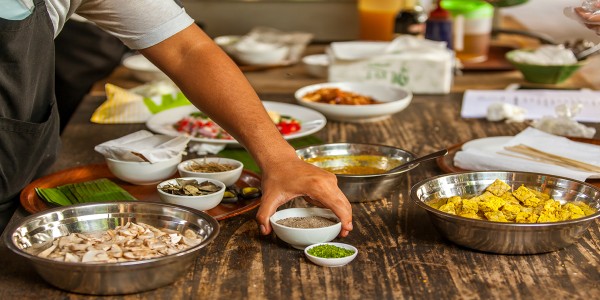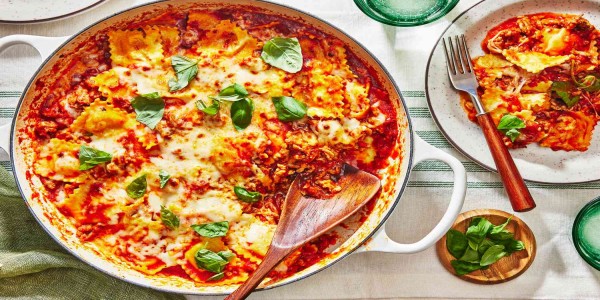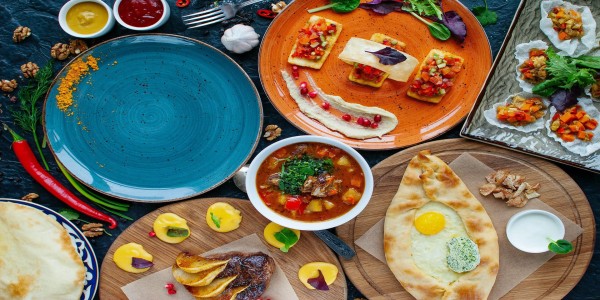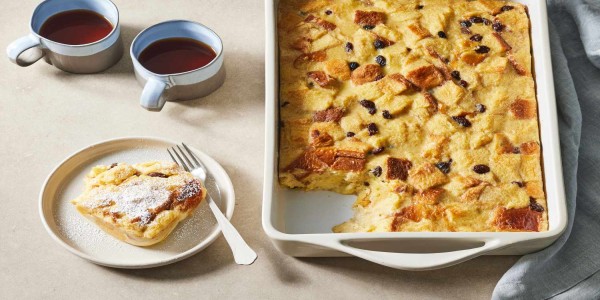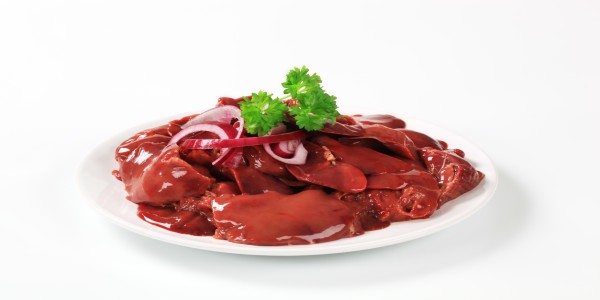A Nose-to-Tail Tribute to the Humble Pig's Head: Brains Over Brawn
Making brawn has an understatedly respectful quality. Boiling a pig's head and calling it rustic is not enough. It involves perseverance, frugal living, and a specific type of respect for food that does not squander any of an animal's life.
It is a dish that requires a little more of you, including time and possibly a little more guts. However, what does it return? Rich, traditional comfort.
.And when combined with a sharp pickle, a smear of robust mustard, and a chunk of superb bread? It transcends its gelatinous components and becomes something more.
Really, What Is Brawn?
Whatever you want to call it—brawn, head cheese, or pig's head terrine—this is one of those traditional foods that proudly displays its past. It is not accommodating. It does not express regret. Even though it is cuisine from a different era, it somehow still meets our current needs.
It is the type of meal that does not demand attention and is made by slowly cooking down a pig's head with a few trotters for good measure (to coax out that all-important natural gelatin). While it waits for the perfect crusty loaf and a spicy dollop of mustard, it softly cools in your refrigerator to form a delicate mosaic of rich aspic and sensitive meat.
A Silent Expression of Deference
We all enjoy the sizzle of a superb sausage, the golden crackle of a roast shoulder, and the glitz of cured bacon. However, if we genuinely like those, then Undoubtedly, we owe it to the animal to value its less-fashionable aspects. the peculiar portions. The ungainly cuts. The brain, the cranium, and the trotters.
Because there is poetry in those pieces. and taste. as well as texture. Indeed—work. However, the type of work that elevates you beyond the role of a consumer to that of a cook.
The Science and Art of Stock Making
After making this brawn dish a few times, I have discovered that timing is crucial, particularly when it comes to veggies.Tradition might advise adding all of your aromatics at the beginning, but I have discovered that this just results in a stock that is hazy and muddy. In the final ten minutes of simmering, I instead add my onion, carrot, and herbs, just long enough to infuse their flavor into the broth without causing it to turn to sludge.
But I do not throw away those stale vegetables. I put the identical scraps and peelings that were previously thrown to the pigs back on our plates in a sort of circular culinary poetry. Carrot chutney pickled. puréed onions with smoke. Really, it is a gesture. A little, silent uprising against waste.
A Sauce That Has a Feel for Place
Mustheb, a liquorice and strong mustard from the Isle of Harris, is what I serve with my brawn since it tastes like my home. The richness of the terrine is perfectly complemented by its deep, bittersweet edge.
It is earthy, spicy, and mildly medicinal in a way that stimulates the taste buds.
That is extremely pleasant when combined with a slab of terrine, a few dots of that smoked onion purée, and a piece of crusty sourdough (I have a bread recipe that is worth bookmarking). Ancestral.
The Brain Omelette comes next.
To put it bluntly, pig brains are not for the faint of heart. But lightly sautéed, then folded into herbs, eggs, and just enough seasoning to maintain integrity? They turn into a remarkably light substance that resembles mousse.
Breakfasts like this do not appeal to Instagram users. Aesthetics are irrelevant to it. It simply is. An iron-rich, protein-rich, and subtly dazzling way to start the day. No, it will not increase your intelligence. However, it could give you more courage.
Ingredients for the Brains Over Brawn recipe:
One complete pig's head, cut in half after cleaning
Four trotters of pigs
Two carrots, coarsely sliced
Two onions, cut into quarters
Two bay leaves
Twelve black peppercorns
Two teaspoons of salt
Half a teaspoon of whole cloves
Half a teaspoon ground coriander
A half-lemon's juice
Parsley in a small bunch
Sage in a little bunch
Method:
Put the trotters and pig's head in a big stockpot. Pour cold water over it.
Bring to a mild simmer slowly, scraping off any resulting foam or contaminants.
The meat should fall off the bone and the broth should be thick and viscous after two to three hours of gentle simmering.
Add the chopped carrots, onions, herbs, and spices in the final ten minutes. Simmer until aromatic.
Take out the trotters and flesh. Carefully remove the meat from the bones, throwing away any unwanted material or gristle.
Use a fine sieve to strain the broth. If necessary, slightly reduce it.
Use cling film to line a loaf tin.
Pour just enough broth over the meat to solidify the terrine after packing it into the mold.
Overnight, chill until completely set. Serve cold, sliced, with toast, pickles, mustard, or whatever your refrigerator tells you.Conclusion: A Dish That Requires You to Do Something
Cooking brain and brawn is more than just cooking food; it is about facing our eating habits and the things we choose to value or disregard. Yes, sustainability is important, but so is thankfulness.
Cooking like this is not glamorous. It is not in style. However, it is real. And that is something worth clinging to in a world that is spinning faster and faster.
